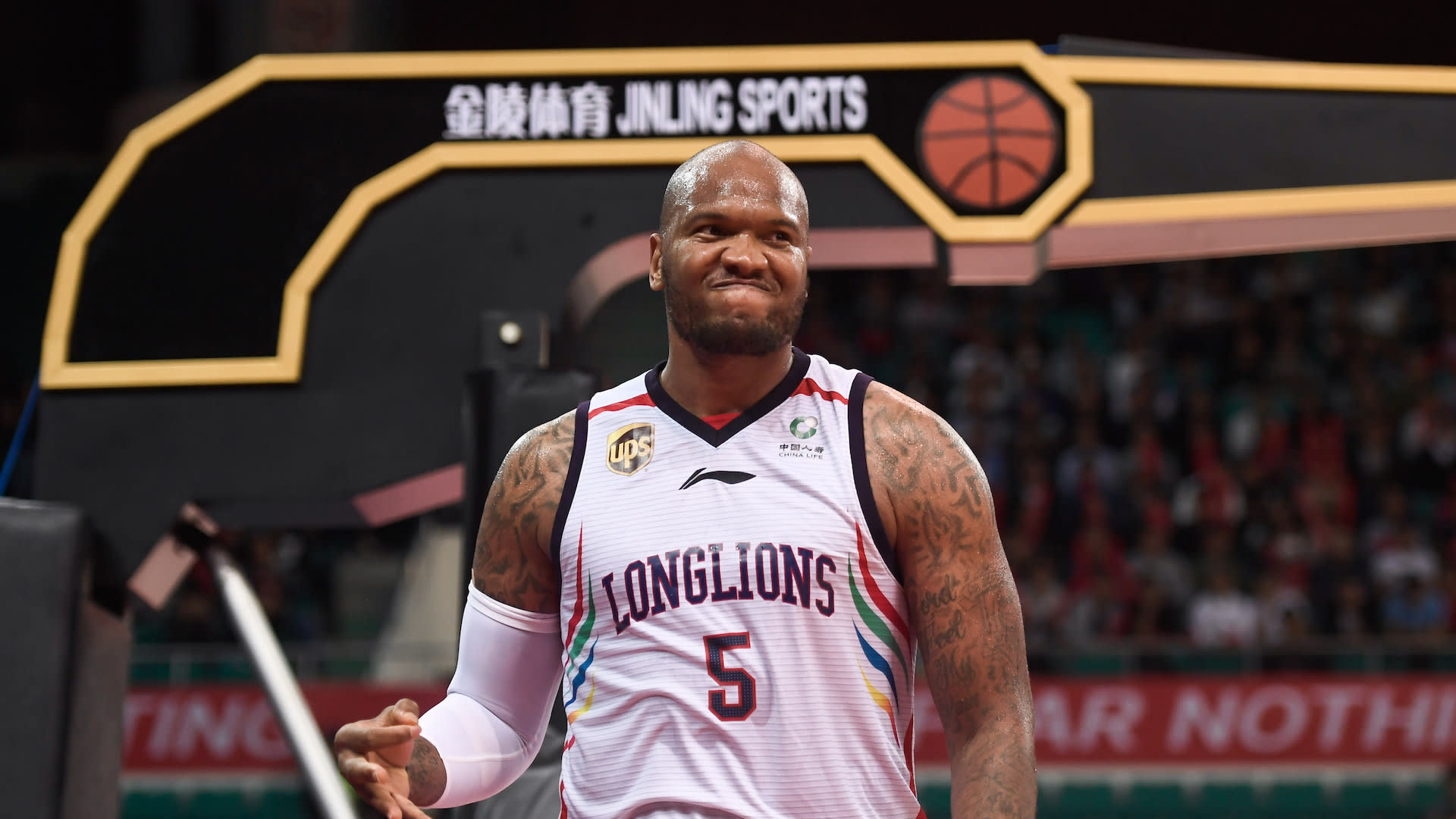The launch from the Baikonur Cosmodrome in southern Kazakhstan is scheduled for 1:45 am ET on Wednesday and shall be broadcast reside on NASA’s web site. The trio’s Soyuz capsule is predicted to dock with the area station at 4:52 a.m. ET, and the hatch between the area station and the capsule will open at 6:45 a.m. ET, permitting them to enter the station.
That is the second spaceflight for Rubins and Ryzhikov and the primary for Kud-Sverchkov, and they’re going to spend six months on the area station.
Rubins, Ryzhikov and Kud-Sverchkov will briefly overlap with NASA astronaut Chris Cassidy and Russian cosmonauts Anatoly Ivanishin and Ivan Vagner. Cassidy, Ivanishin and Vagner will depart the station utilizing the docked Soyuz capsule and return to Earth on October 21.
The 2nd time round
Rubins will vote within the US presidential election from the area station, in line with NASA. Actually, it is her second time voting from area. She voted within the 2016 election throughout her first six-month keep on the area station between July and October 2016.
However coaching and launching throughout a pandemic is a brand new expertise for Rubins — though she’s snug with private protecting gear due to her “outdated life,” she informed CNN in September. Previous to turning into an astronaut, she was a scientist who studied viral ailments, most cancers biology, microbiology and immunology.
“I began making ready for this earlier than the pandemic throughout regular crew coaching,” she mentioned. “When NASA shut down, I discovered practice remotely utilizing video and software program. I by no means thought I’d practice for spaceflight throughout a pandemic or do spacewalk coaching from my lounge.”
Rubins was ultimately in a position to return to coaching in particular person in Texas and Russia alongside together with her Russian crewmates, all whereas sustaining distance from one another and sporting masks.
Returning to the area station will enable Rubins to examine some gadgets off her bucket checklist.
She was the primary particular person to sequence DNA in area in 2016, and she or he’s wanting ahead to persevering with her sequencing analysis in new methods by learning the microbiome, or microbial setting, of the area station.
“The area station has been separate from Earth for 20 years,” Rubins mentioned. “How is it totally different? The area station is its personal biome with its personal sources, with people coming and going. We wish to see what these closed environments do once they’ve been separate for a very long time.”
Sequencing DNA can reveal large quantities of knowledge, Rubins mentioned, so making use of sequencing to the station’s microbiome can reveal a microbial image of the area station — and the way it differs from Earth. It is an enormous alternative that will not current itself once more as a result of nothing has ever been remoted from Earth for 20 years.
Rubins is keen to make use of the sequence to push the bounds of what they’ll do on the area station, in addition to be concerned in cell tradition research. Since her earlier keep on the station, there are new high-resolution microscopes on board she will be able to use to check cells.
“This time round, it is the entire issues on my bucket checklist,” Rubins mentioned. “By ready to return for a couple of years, there’s new gear on the station that can allow me to do all of this stuff.”
Her upcoming mission will embrace conducting analysis utilizing the Chilly Atom Laboratory on the station to check atoms in addition to a cardiovascular experiment that follows up on an investigation she labored on throughout her first spaceflight, in line with NASA.
Area milestone
The 20th anniversary of a steady human presence on the area station happens on November 1 through the starting of Rubins’ second six-month mission.
“It is so thrilling — we’re at this excellent time in area station historical past of operations for 20 years,” she mentioned. “Inside this extremely succesful orbiting laboratory, we will do all types of experiments, together with physics, particles and quantum mechanics, biology experiments, printing organs with tissue-like constructions and all the way in which to human physiology.”
Rubins can also be wanting ahead to the video downlinks the astronauts conduct with college students on Earth, what she refers to as one of many “highlights on the station.” She hopes to attach remotely with school rooms and reply questions from college students.
“It is wonderful to have that human connection,” she mentioned. “I do know a whole lot of children are struggling at house, so hopefully we will carry a little bit pleasure to speak about area exploration.”
Full home
Throughout their keep, these astronauts may even be joined by the SpaceX Crew-1 flight, bringing the full astronauts on the station to seven.
Crew-1 will carry 4 extra astronauts to the area station by way of the company’s Industrial Crew program: NASA astronauts Victor Glover Jr., Michael Hopkins, Shannon Walker and Japan’s Soichi Noguchi.
Crew-1 goes by way of system checks on Earth. It has extra capabilities than Endeavour and can be capable to dock on high of the area station.
Presently, NASA is concentrating on a launch by early-to-mid-November.
This may enable further time for SpaceX to finish knowledge opinions and {hardware} testing noticed of the Falcon 9 first stage engine gasoline mills. They exhibited “off-nominal conduct” throughout a latest non-NASA mission launch try, the company mentioned.
“It should be unbelievable to have seven folks on the area station,” Rubins mentioned. “It is designed to deal with that. We have been making ready for this the previous couple of years by enhancing the scrubbing of carbon dioxide and testing new know-how for exploration. Seven crew members aboard permits us to check new ambiance revitalization and new spacesuit elements. We are able to actually enhance our science output.”












